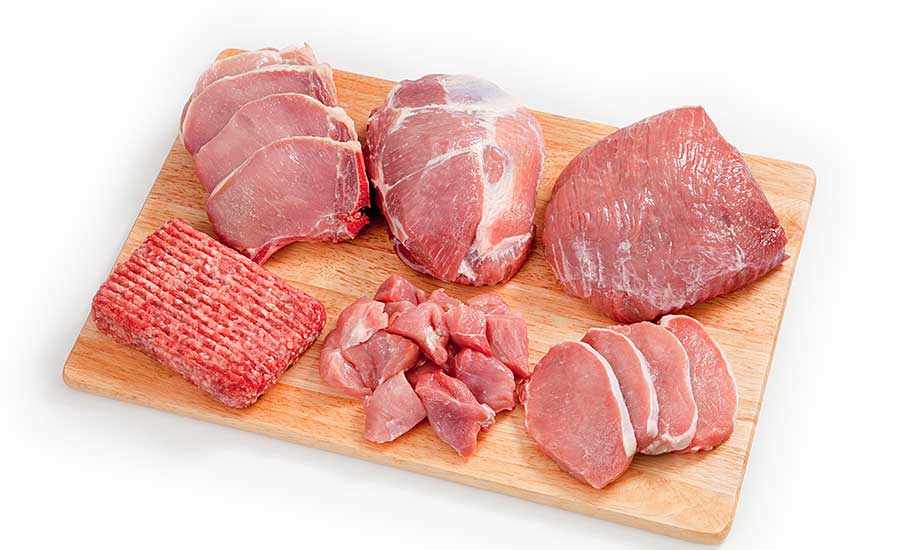One of the greatest challenges facing the meat and poultry industry is how best to supply safe and nourishing produce as the global population continues to rise. A number of factors including industrial farming methods and more complex supply chains have led to a sharp increase in high-profile contamination cases. This is proving an expensive and serious health risk for consumers and manufacturers alike.
To put the issue of contamination in the food sector into context, last year, more than 13 million pounds of ground beef alone were recalled in 31 separate instances, more than 12 million pounds of which were due to Salmonella contamination. Most recently, the Centers for Disease and Control and Prevention released a statement reporting eight people were hospitalized and one died because of an outbreak of Salmonella in ground beef.
Regarding chicken meat, the United States accounts for roughly one third of all poultry exports globally, meaning understanding factors that can cause poultry-associated foodborne outbreaks is very important for food safety. There have been dozens of high-profile cases reported by the media of late,
including the withdrawal of 174,000 pounds of chicken products for possible contamination with Listeria.
Watchdog group U.S. Public Interest Research Group (PIRG) discovered an 83 percent increase in meat and poultry recalls that can cause serious health problems over the past year.
These cases highlight significant room for improvement when it comes to safe food handling. For meat and poultry manufacturers, regimented hygiene, cleaning and testing programs are essential to prevent the build-up of microbes, allergens and pathogens in the processing environment.
This is particularly true for enclosed systems, including the conveying of produce, which marks a critical point in the process to control safety and sanitation. Smart design, expert construction and new technologies can help conveying systems maintain the highest standards in food safety and prevent dangerous and costly recalls.
Enclosed tubular conveying systems are beneficial in keeping the product protected from airborne contaminants and other bacterial elements introduced by people or other meat and poultry products. But to be free from residues containing foodborne pathogens, it’s essential for conveyors to be fully sanitized after handling all types of produce.
It is also paramount that adherence to hygiene and safety standards does not adversely affect the product quality and efficiency of a factory line. U.S. Department of Agriculture (USDA)-certified tubular chain conveyors for food-grade applications comply with today’s hygiene regulations, while independent clean-in-place (CIP) technology can slash down time as it avoids the dismantling and reassembly of the equipment and provides a re-usable, sanitized conveyor within a significantly shorter period.
Although it may only count as one section of a meat and poultry supplier’s much larger, complex manufacturing line, choosing a USDA-certified conveyor with CIP technology could be the difference between becoming another statistic in the rise of high-profile recalls and ensuring a brand’s reputation as one that delivers top results in food safety and hygiene. NP
